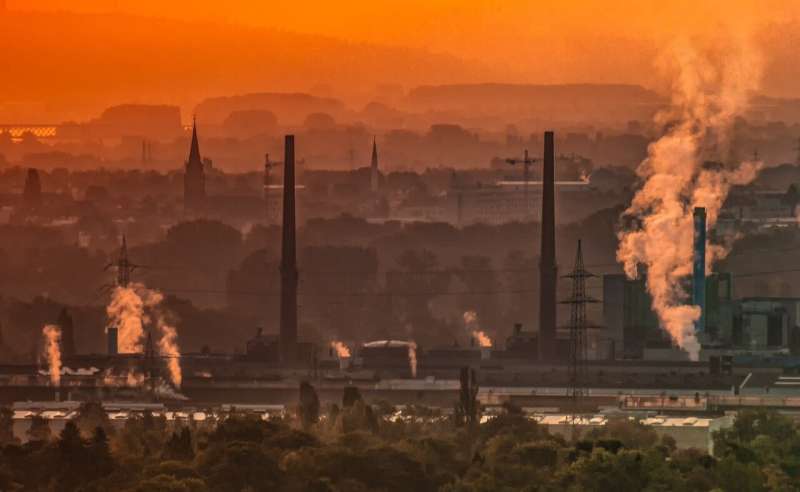
Hospitalized COVID-19 patients who had been chronically exposed in their neighborhoods to higher particulate matter—such as smoke, soot, and dirt—had increased risks for admission to the intensive care unit (ICU) and death compared to those without such exposure, Mount Sinai-led researchers reported in the American Journal of Respiratory and Critical Care Medicine on December 8.
The finding adds to our understanding about environmental factors that increase the risks of COVID-19. The researchers noted that chronic air pollution exposure can alter the pulmonary immune system, may increase systemic inflammation, and can be associated with increased risk for cardiovascular disease and metabolic syndrome. COVID-19 infections and deaths have also disproportionately occurred among Black, Latinx, and Indigenous populations, as well as among individuals with risk factors based on sex, age, and existing comorbid diseases such as diabetes and obesity.
“The COVID-19 pandemic has brought to the forefront the critical role of the environment on health disparities. These data suggest that long-term exposure to air pollution, even at concentrations below U.S. Environmental Protection Agency regulatory standards, is associated with higher COVID-19 morbidity and mortality amongst hospitalized patients,” said corresponding author Alison Lee, MD, MS, Assistant Professor of Medicine (Pulmonary, Critical Care and Sleep Medicine), and Pediatrics, at the Icahn School of Medicine at Mount Sinai. “Critically, air pollution is a modifiable risk factor. Policies to reduce air pollution must be considered a necessary public health measure, especially in communities that are disproportionately susceptible to air pollution’s deleterious effects.”
A team of researchers conducted a retrospective analysis of more than 6,500 COVID-19 patients admitted to seven New York City hospitals with ethnically diverse patient populations—including Mount Sinai Morningside, Mount Sinai Queens, NYC Health + Hospitals/Elmhurst, and NYC Health + Hospitals/Queens—amid the first peak of the pandemic from March to August 2020. The researchers estimated exposure levels to pollutants including particulate matter, nitrogen dioxide, and black carbon at the residential addresses of the patients at the time of admission. The team then assessed patient outcomes including mortality, ICU admission, and intubation. They found that chronic exposure to particulate matter, even at levels below current regulatory thresholds, was associated with an 11 percent higher risk of mortality and 13 percent higher risk of admission to the ICU. Exploratory analyses suggested that younger people of color may be particularly susceptible.
The study was developed through participation in the COVID-19 Unit for Research at Elmhurst (CURE-19) partnership, an initiative by Mount Sinai’s Arnhold Institute for Global Health and NYC Health + Hospitals/Elmhurst and Queens to research the global pandemic and root causes of health disparities in New York City.
Source: Read Full Article
